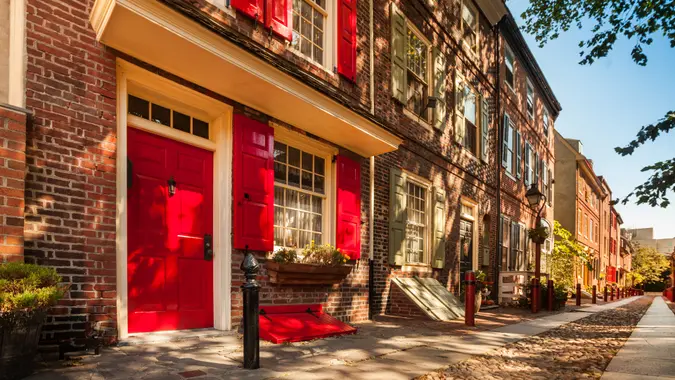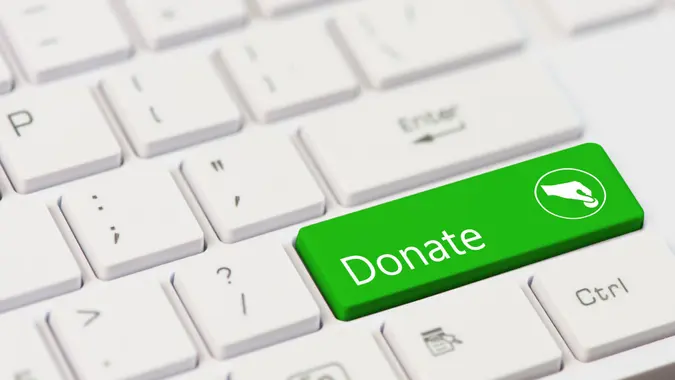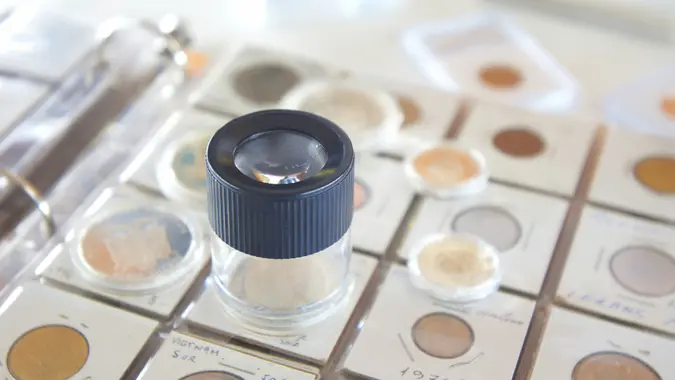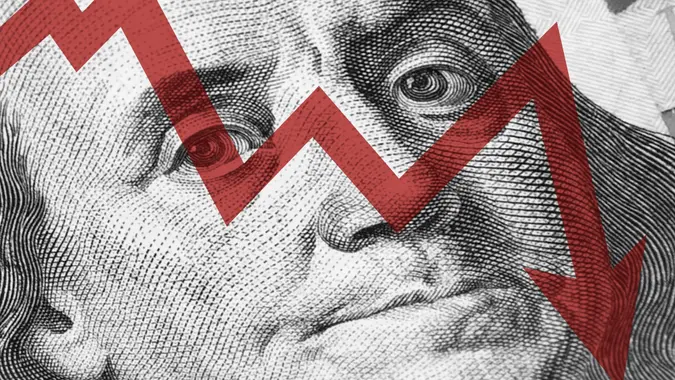This Is the Best $1,000 You Can Spend in Your 20s

Commitment to Our Readers
GOBankingRates' editorial team is committed to bringing you unbiased reviews and information. We use data-driven methodologies to evaluate financial products and services - our reviews and ratings are not influenced by advertisers. You can read more about our editorial guidelines and our products and services review methodology.

20 Years
Helping You Live Richer

Reviewed
by Experts

Trusted by
Millions of Readers
If you’re in your 20s and wind up gifted $1,000, how do you imagine you’d spend it? A subscription to a new gaming platform? The latest and greatest skin care essentials? After all, what Gen Zer isn’t after carefree, fun times and finding their bliss?
But what if the best use of that money was much more practical and future-focused? While it can often be tough for 20-somethings to see the big picture, the fact remains that it’s never too early for anyone to start viewing the money they spend today as an investment in the person they will become tomorrow.
GOBankingRates spoke with experts to discover some of the best ways to spend $1,000 in your 20s.
Debt Repayment
Many people in their 20s may be saddled with student loans and car payments. And while paying off debt may not be as flashy or exciting as purchasing a ticket to Coachella, chipping away at debt while young means individuals spend less money on interest over the course of their lives.
“By using a spare $1,000 to make an extra debt payment, you’ll pay off your debt faster and save money on interest. That’s all money you get to keep in your bank account, which is why you’re essentially paying yourself by getting ahead on debt,” according to Erika Kullberg, an attorney and founder of Plug and Law.
And that could mean better Coachella tickets down the line.
Retirement Savings
When you’re in your 20s, retirement can feel very far away, which is why it can be easy to avoid thinking about it altogether. After all, who wants to worry about their golden years when they’re still trying to find themselves?
Kullberg explained, however, that putting off saving for retirement is problematic because “investments rely on compound interest, which needs time to grow.” This is why she recommended putting that $1,000 into a 401(k) or an IRA.
And that money in retirement accounts can be invested in the stock market, which could lead to even greater returns. “Investing $1,000 in the stock market could see a potential return of between $15,000 to $45,000 (7% and 10% return) in 45 years,” said Nicole Stanley, money coach and founder of Arise Financial Coaching.
Personal Development
Aaron Razon, personal finance expert at Couponsnake, explained that spending on personal development in your 20s is one of the best things you can do with $1,000. Areas of focus may include psychotherapy, fitness, writing, languages, leadership, dating coaches, public speaking, etc. — anything that can equip individuals with the skills and self-awareness necessary to navigate life’s challenges.
“By investing to personally develop their skills, acquire new and relevant knowledge, and a mindset that fosters growth, resilience and strategic thinking, individuals in their 20s would literally be setting themselves up for life, guaranteeing not just career and financial success, but also the peace of mind and satisfaction that comes with the knowledge that they are making progress and achieving their life goals because they have gained the leverage and advantage that others do not have,” Razon said.
Financial Literacy
Stanley advocated investing that money in some good ol’ financial literacy — and for good reason.
“Use $1,000 to take a course, read as many books as possible or join a personal finance program,” Stanley said, explaining that financial literacy has been found to positively influence credit scores, debt management and long-term financial planning.
In fact, according to a 2024 report from Tyton Partners in collaboration with Next Gen Personal Finance, taking just one personal finance class in high school was shown to have a lifetime benefit of roughly $100,000. Sign us up!
ETF Investments
John Foard, CFP, chief compliance officer and co-founder of Crown Advisors, said that if he’d had $1,000 in discretionary cash in his 20s, he would have purchased either an S&P 500 exchange-traded fund (ETF) or a Nasdaq ETF — or perhaps split the funds between the two. And he advised others do the same and then completely leave it alone to let the money grow well into the future.
“If you would have invested $1,000 in the Nasdaq ETF (QQQ) 20 years ago, your value (assuming you did not reinvest dividends) would be well over $12,000 as of April 2025,” Foard said.
And would this same advice apply to 20-somethings amid 2025’s market volatility? Foard insisted it would: “I would advise them to invest the funds and not worry about the market turmoil since they will not need this money for 30 to 40 years … It’s a great time to get in because the markets will eventually recover to new highs.”
More From GOBankingRates
 Written by
Written by  Edited by
Edited by 

























